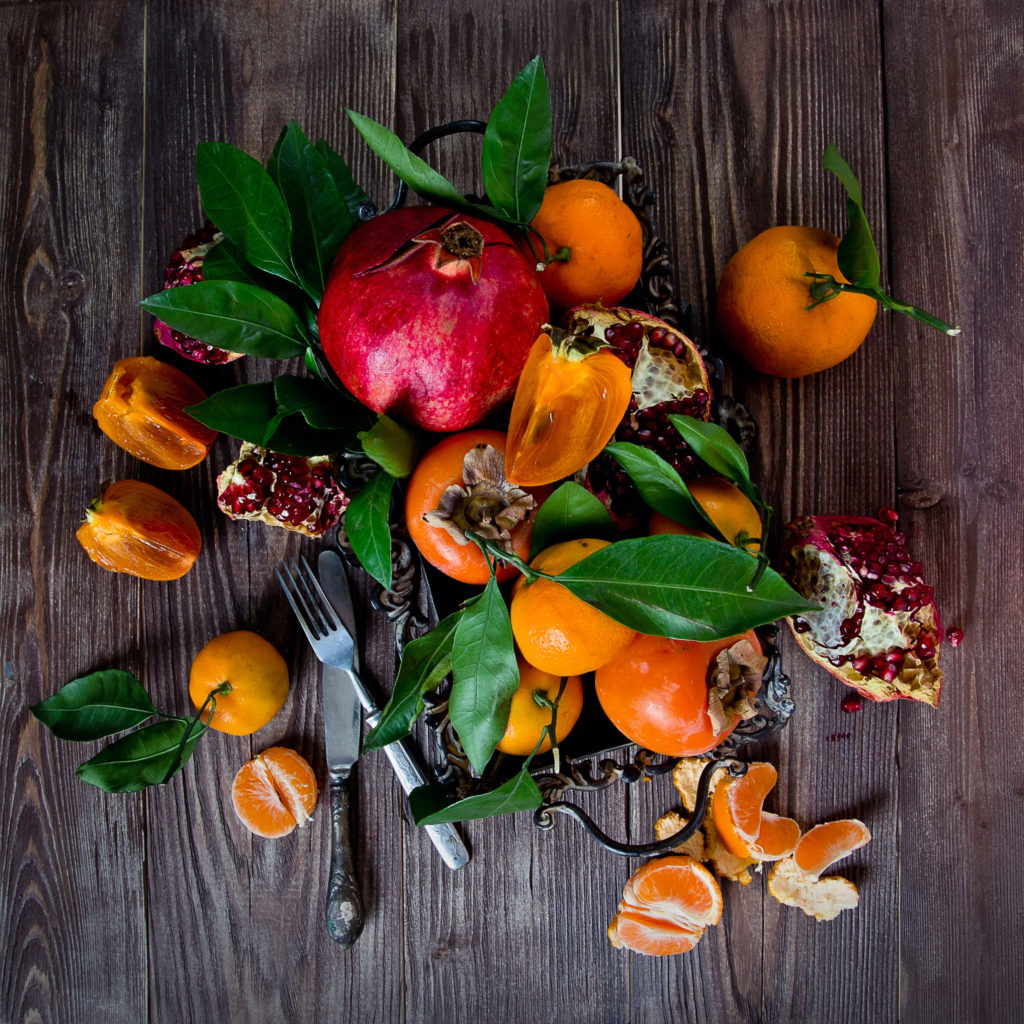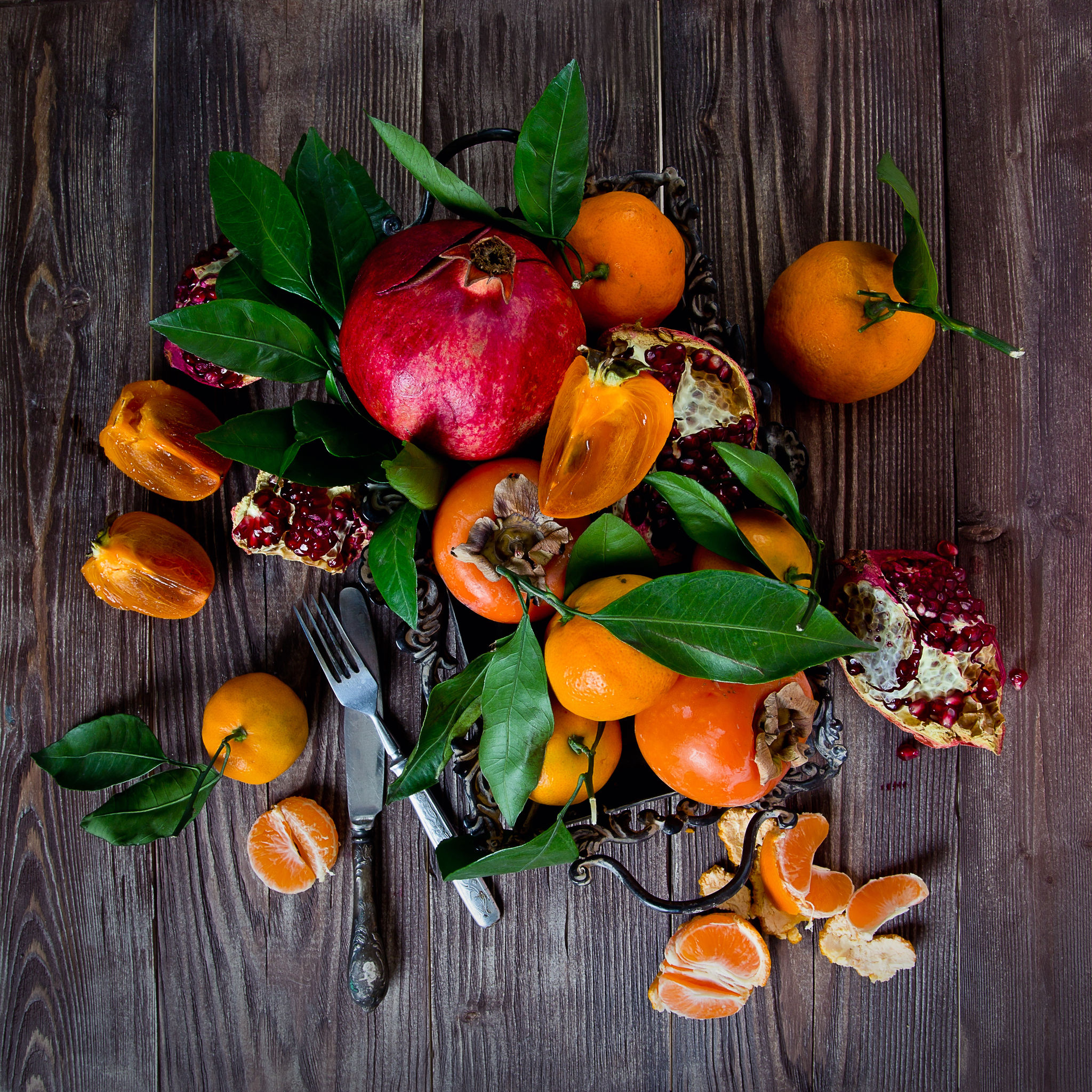
Throughout my website I emphasize the importance of eating with the rhythm of nature. This means that if we live in the Northern Hemisphere we’re not eating tomatoes or berries in the winter.
I know it’s tempting when pretty much any food we desire is at our fingertips all year long but the reality is that tomato shipped from overseas doesn’t taste as good, it’s not going to be as nutritious, and it will likely be more contaminated.
Concerns with Eating Out of Season
In order to survive the cross-continental transport food is picked before it is ripe and then ripens in transit. When a food is not allowed to ripen on the vine or branch or in the soil it is not going to have an optimal nutritional value. Specifically, the level of phytonutrients will be much lower.
Remember from my blog post on Inflammation, phyto-nutrients are the special plant compounds, beyond vitamins and minerals, that provide disease fighting protection. Also, certain nutrients, like vitamin C, folate, and carotenes tend to decline in value the longer a food is stored.
Out of season produce also tends to be gassed, irradiated, and preserved in wax to help extend it’s shelf life. Not to mention that when fruits and vegetables are sourced overseas you can’t be sure what their regulations for pesticides, herbicides and fungicides are.
Many countries across the globe have very relaxed laws about chemicals being sprayed on fruits and vegetables that other countries have banned due to their known harmful effects. Some agricultural areas have also been shown to have very high heavy metal and other toxic contaminates due to industrial sites inhabiting the same area.
Benefits of Eating In Season
There is also something to be said for waiting all year for the perfect tomato. Nothing compares with a vine-ripened tomato, freshly picked, in the summer heat. It’s making my mouth water just writing about it.
There is also nothing wrong with practicing delayed gratification. This helps us be more appreciative and grateful for when we do get to enjoy certain foods.
So to summarize, when we eat our food in season we get all the following benefits:
- Tastes Best
- More Nutritious
- Less Expensive
- More Environmentally Friendly
- More in Tune with the Needs of Our Body During That Time of Year
Guidelines for Eating Seasonally
To enjoy the full nourishment of your food, I suggest creating a seasonal menu, like I did here: Creating A Seasonal Meal Plan For Fall & Winter. This way you take full advantage of the foods in season and it cultivates anticipation for what’s coming up in the next season.
I have certain foods each season that I adore and literally look forward to all year; asparagus and strawberries in the spring, tomatoes and berries in the summer, apples and butternut squash in the fall, and tangerines and winter greens in the winter. The fact that I have to wait 9 months to eat them again makes them all the more enjoyable to me.
In Spring, focus on tender, leafy vegetables that represent the fresh new growth of this season. The greening that occurs in springtime should be represented by greens on your plate, including Swiss chard, spinach, Romaine lettuce, fresh parsley, and basil.
In Summer, stick with light, cooling foods in the tradition of Traditional Chinese Medicine. These foods include fruits like strawberries, apple, pear, and plum; vegetables like summer squash, broccoli, cauliflower, and corn; and spices and seasonings like peppermint and cilantro.
In Fall, turn toward the more warming, autumn harvest foods, including carrot, sweet potato, onions, and garlic. Also emphasize the more warming spices and seasonings including ginger, peppercorns, and mustard seeds.
In Winter, turn even more exclusively toward warming foods. Remember the principle that foods taking longer to grow are generally more warming than foods that grow quickly. All of the animal foods fall into the warming category including fish, chicken, beef, and lamb. So do most of the root vegetables, including carrot, potato, onions and garlic. Eggs also fit in here, as do nuts.
Winter’s Bounty
Let’s look at the foods that are in season right now (December – February) in the northern hemisphere. The availability of course will vary a bit from region to region but in general these are the fruits and vegetables you will find in abundance this time of year.
Fruits
Cranberries, Grapefruit, Kiwi, Oranges, Persimmon, Pomegranates, Tamarillo, Tangerines
Vegetables
Broccoli, Broccolini, Brussels Sprouts, Butternut Squash, Cauliflower, Celery Root, Collards, Fennel, Kale, Leeks, Mache, Potatoes, Pumpkin, Rutabaga, Sweet Potatoes, Sunchoke, Turnips
What’s In Season Where You Live?
To stay in tune with what’s in season in your neck of the woods check out the following websites:
USA: Seasonal Food Guide
Canada: Foodland Ontario
United Kingdom: Eat the Seasons
Australia: Seasonal Food Guide
